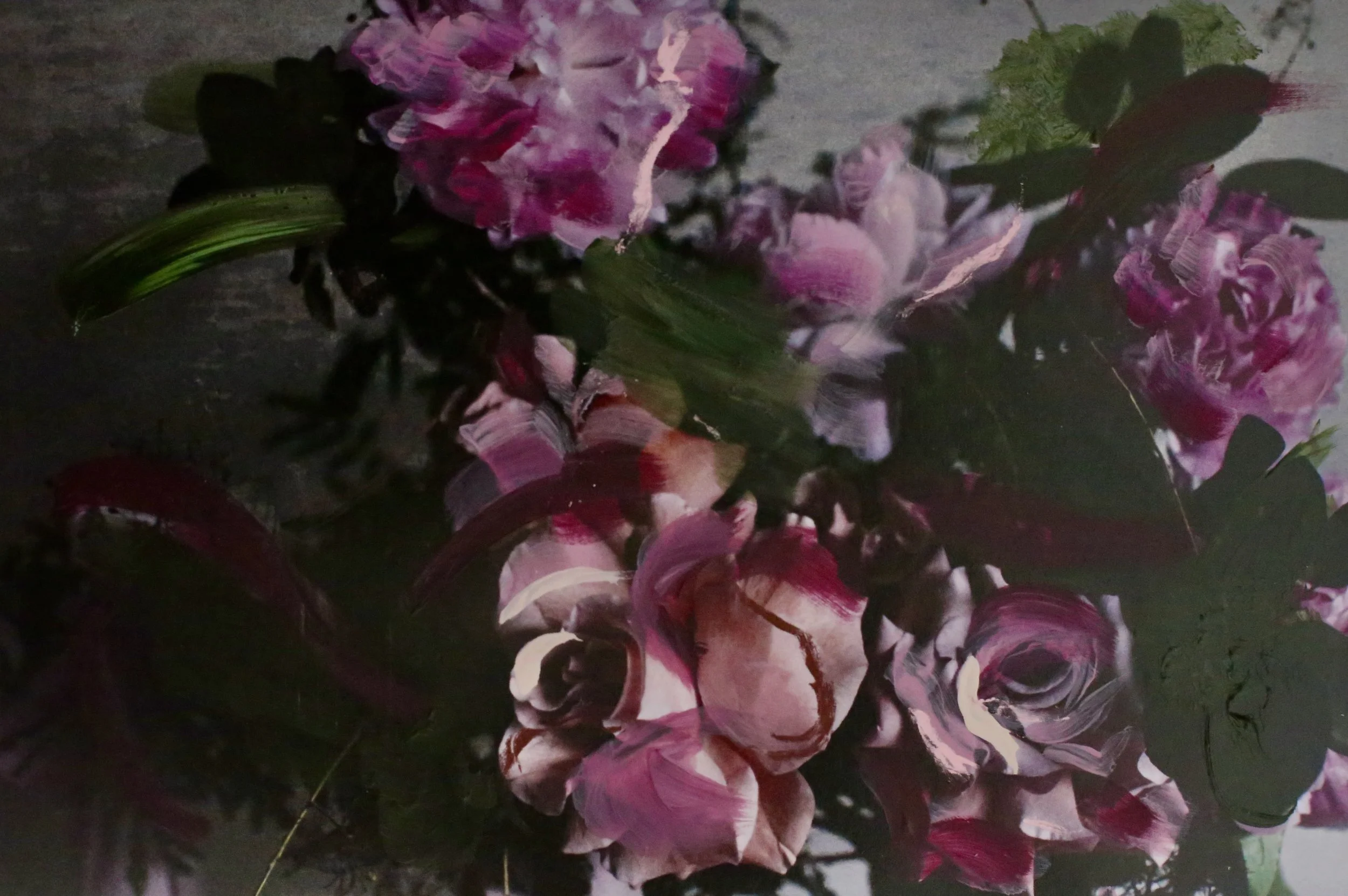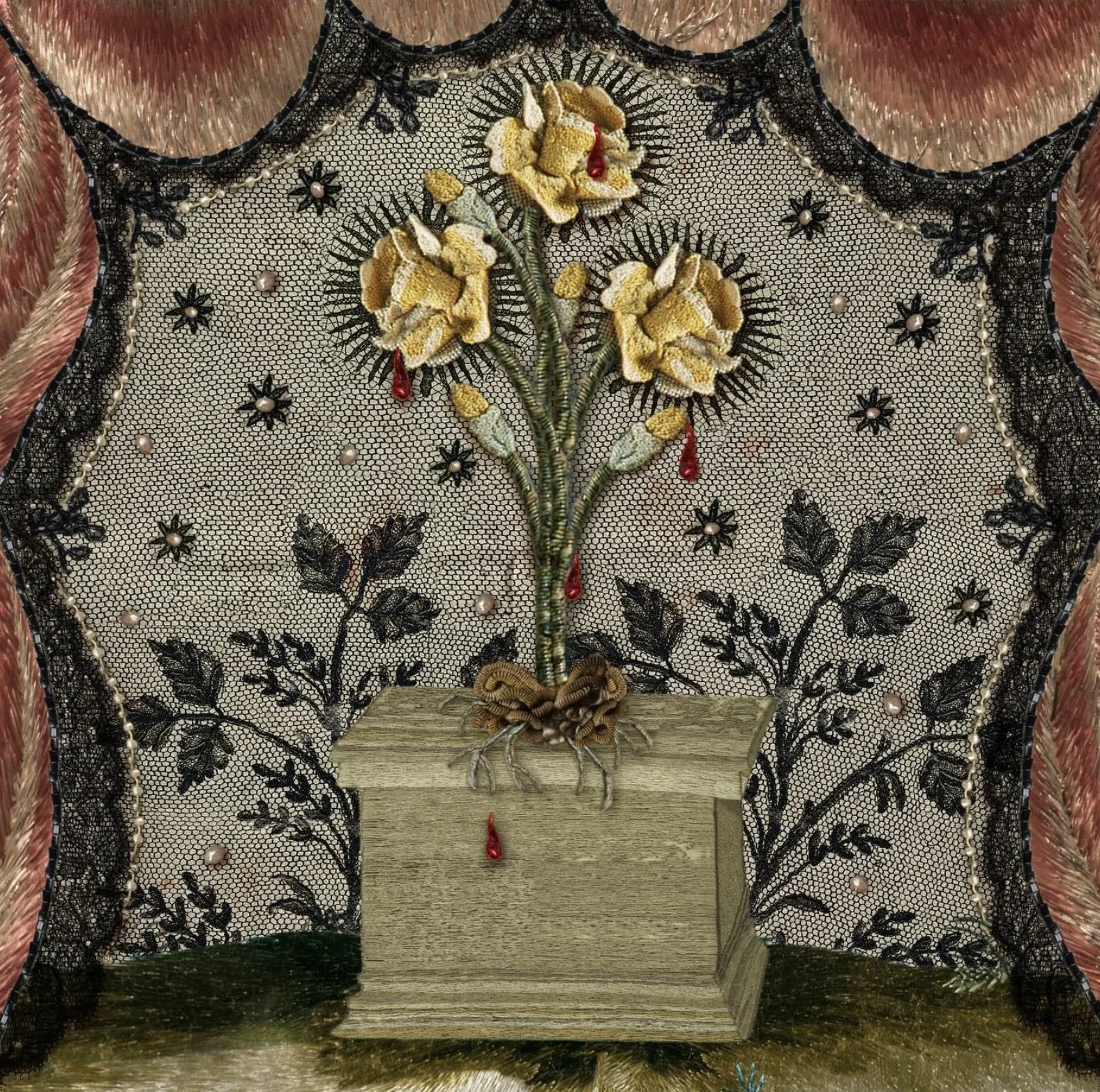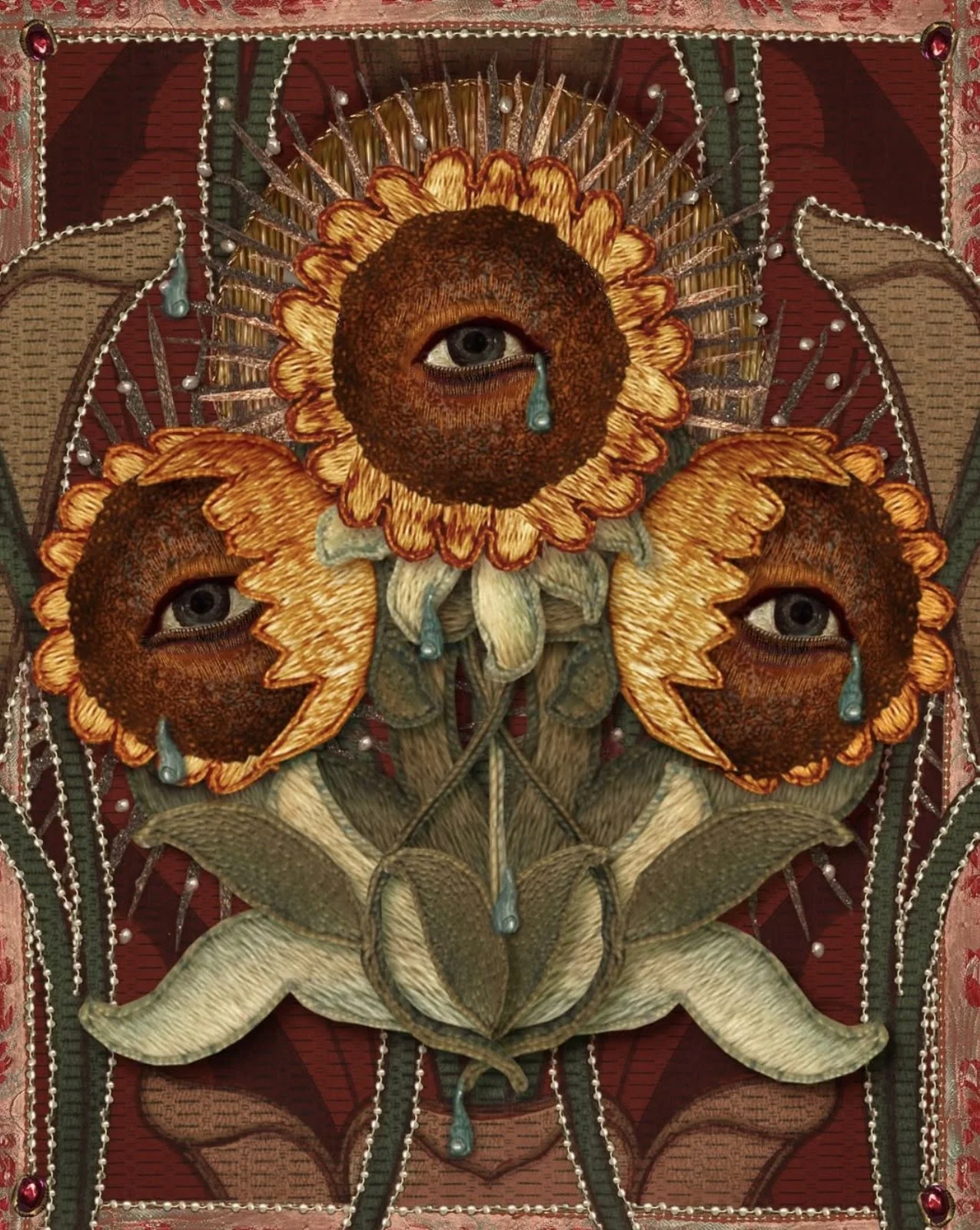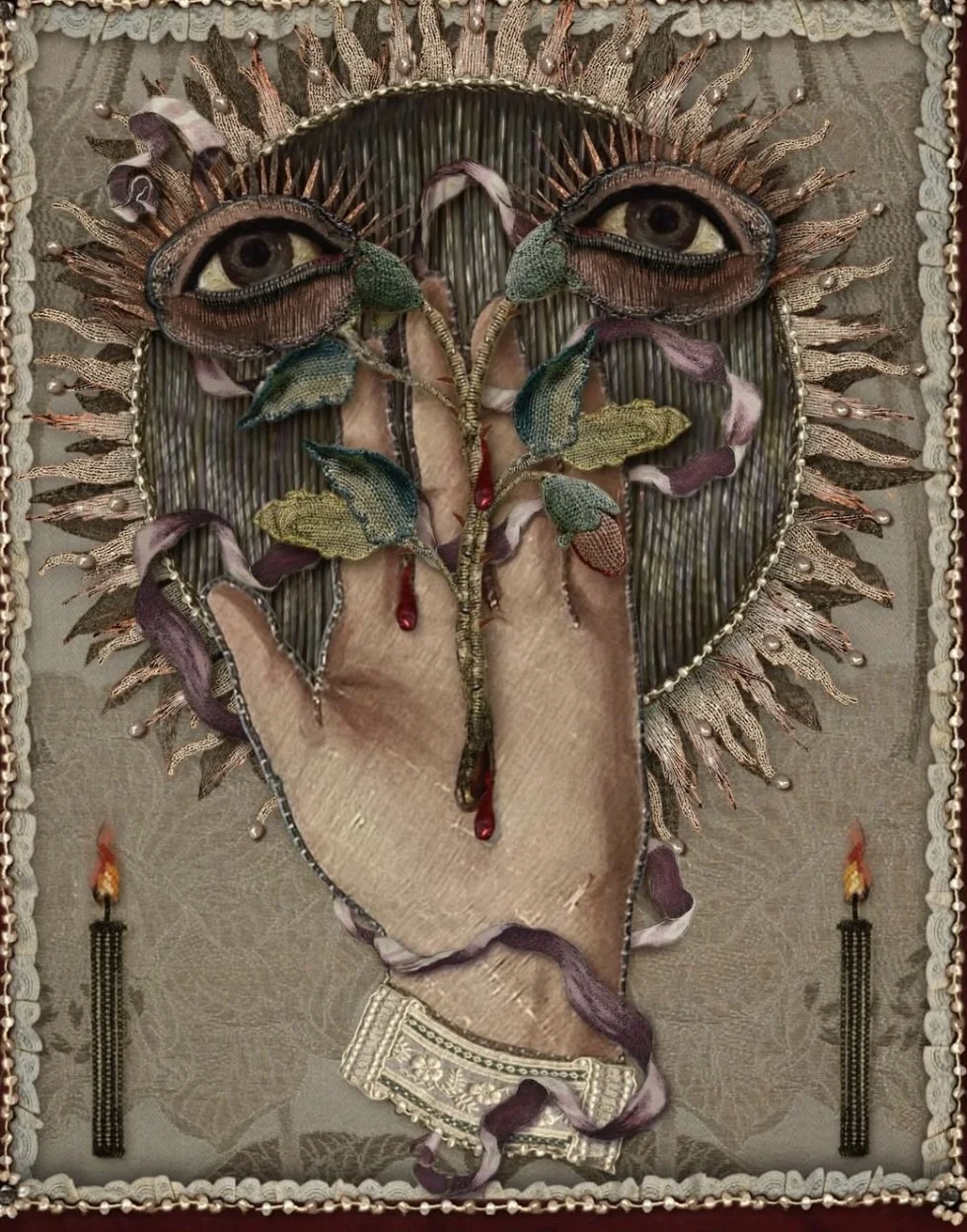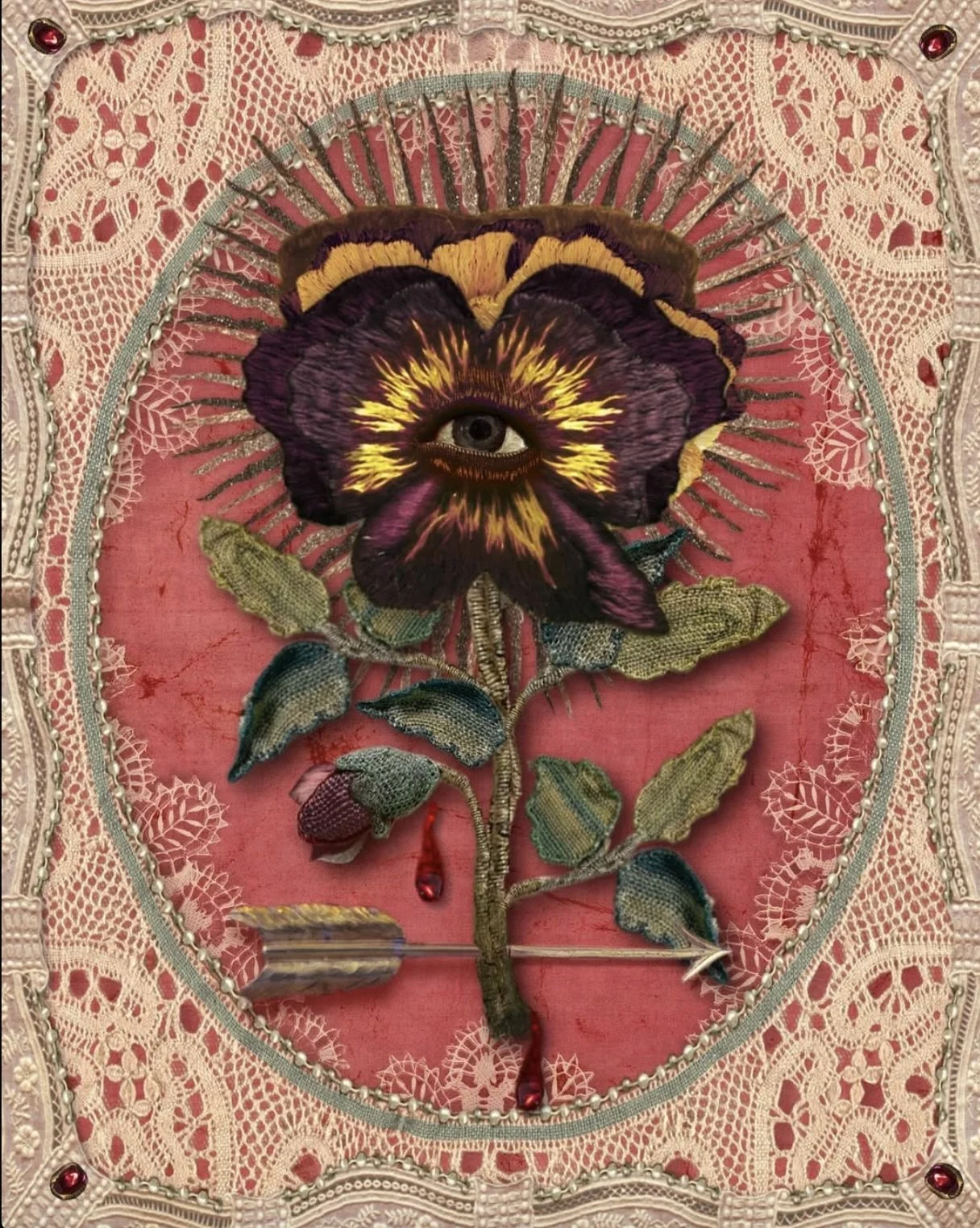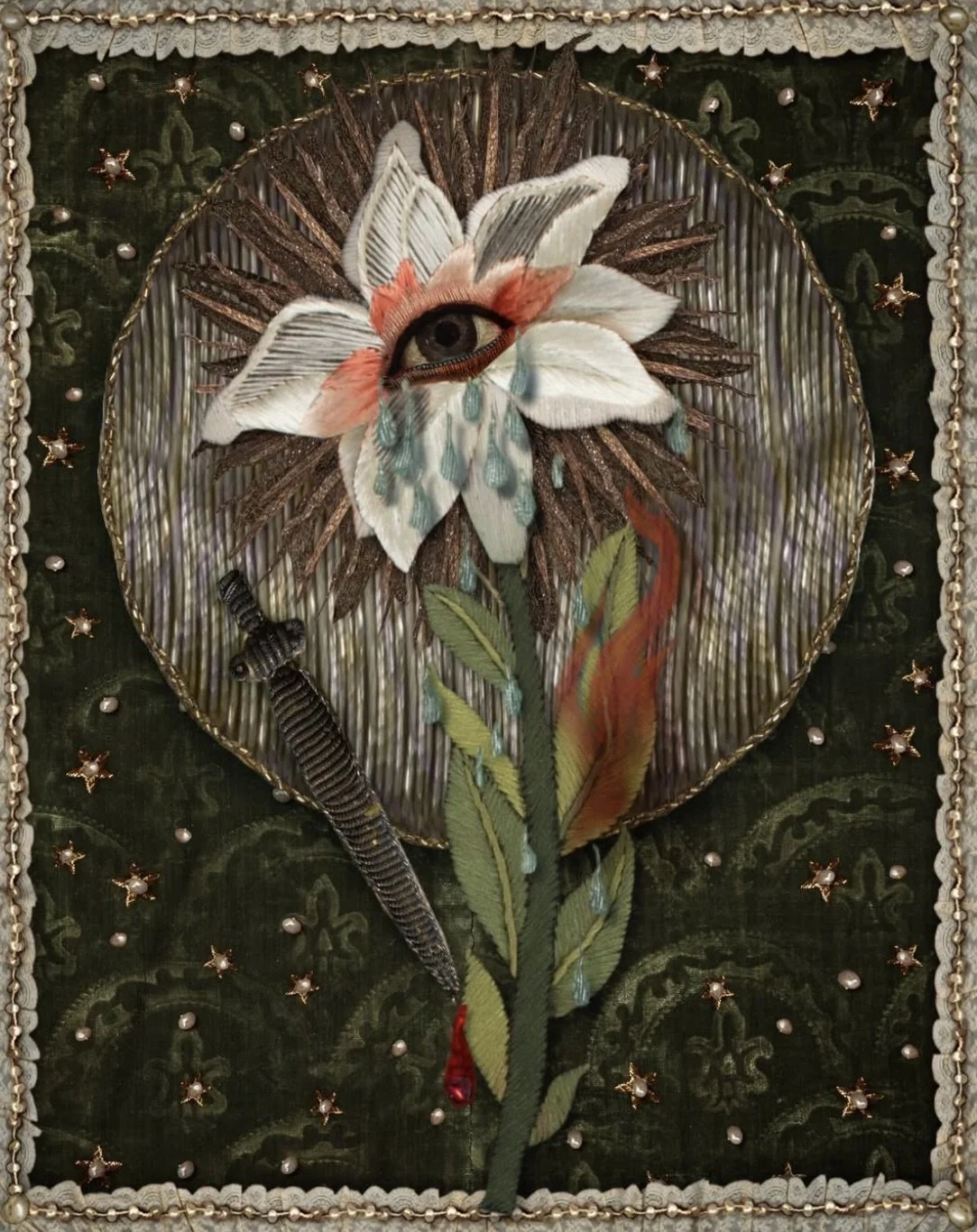The Transience of Beautiful Things: Flowers as Memento Moris
Every beautiful thing will eventually die. Is the presence of death the reason for beauty?
The flash of golden sun that pours through the windows of your train carriage on your morning commute, will soon come to disappear behind a tall building. A makeup look on a night out that took you an hour to perfect, will eventually come to be washed off. Even those things that we believe to endure, like a strong marriage or an unconditional love, cannot usurp the fact that no human can live forever, nor can anyone hold onto something for longer than their life span.
A Memento Mori is a reminder of this creeping mortality, a symbol used in the arts typically appearing in the form of a transient/ changing object- eg. fruit, hourglasses or guttering candles. In literature, Memento Moris can take more figurative forms, such as presences of otherness, often manifested through visiting ghosts or disembodied voices. In plays of the Renaissance stage, the Memento Mori could become a physical object. For example, in John Ford’s 1600’s play, Tis Pity She’s a Whore, his main character Annabella gets her heart physically ripped out from her chest, after she is found to be having an affair with her brother. The bloodied heart held in the hands of performers on stage, serves as a point of liminality where death looms eerily close to life.
A flower is a particularly special Memento Mori, as it is not confined to a symbol within the background of a painting or the pages of a book. Flowers are Memento Moris we interact with regularly, we invite in our homes and hold bunched in our arms. As a florist, I am privy to a constant discourse around the ‘worth’ of flowers as living and dying objects. Some say flowers are not worth investing in, because all they do is die. Others say that this is precisely the reason to invest in them. I believe that mortality should not be feared. Flowers, like all Memento Moris, are mirrors. They reflect what all humans share: a life cycle. The inevitability of their death is no different to the inevitability of our own. Thus, the beauty of their life reminds us to appreciate the beauty of our own.
There is perhaps no better representation of the flower as a Memento Mori, than in the artworks of Andrea Zanatelli. Zanatelli is an Italian artist deeply inspired by stories and visuals from ‘Bygone eras’ such as the Pre-Raphaelites and Arts and Crafts movements. His work typically features one central symbol; such as a heart, a lung, a disembodied hand, an eye, a flower stem, a spiderweb, or a portrait; adorned with highly decorative collages of antique fabrics, and intricate bejewelled embroideries. His maximalist approach to artmaking gives his works a sense of sublime, overwhelming beauty- a beauty that exists synonymously with the darker themes he so often references.
‘The Sacrifice and the Resurrection’ from Zanatelli’s embroidery series, features a Daffodil sprout with its roots still attached, bleeding with sparkling drops of crimson blood. Though the flowers are emerging upwards for their Spring ‘resurrection’, the blood which drips from their buds reminds them of their fragile life which they will come to sacrifice once more as their season ends.
The Sacrifice and the Resurrection, Andrea Zanatelli
The Memento Mori often receives an inherently negative connotation, one that reflects a largely negative perception of death in the Western world. Memento Moris can be seen as signs of things to come- an inevitable ending, a painful reminder of one’s own futility and therefore meaninglessness. However, Zanatelli’s works prove there to be a flipside to this narrative, a nuance to the symbol of a Memento Mori. Beyond the prospect of death, Zanatelli’s flowers embrace the preciousness of life, and the fleeting potential of forever. His sunflowers in ‘The Rising Suns’ and ‘August Blossom’ were inspired by William Blake’s poem,
‘Ah! Sun-flower’
Ah Sun-flower! weary of time,
Who countest the steps of the Sun:
Seeking after that sweet golden clime
Where the travellers journey is done.
Where the Youth pined away with desire,
And the pale Virgin shrouded in snow:
Arise from their graves and aspire,
Where my Sun-flower wishes to go.’
‘August Blossom’ and ‘The Rising Suns’, Andrea Zanatelli
The Sunflower embodies a hopefulness in the momentary brightness of the day, as opposed to a dread associated with the coming night. In both works, the sunflowers have eyes, drawing parallels to human audiences. Alike the Sunflowers, we rise with the light and descend with the darkness. In ‘The Rising Suns’, tears can be seen descending from the eyes, rinsed away in the anticipation of a new day.
Zanatelli’s works also highlight flowers as connecting forces to higher realms. As death symbols, his flowers act much like Anabella’s heart in ‘Tis Pity- a liminal force connecting the audience to something transcendent. He attributes his flowers to Saints, such as in ‘May it Watch Over You’ and ‘St Lucy’. Again, the motif of the eyes gives the flowers a human quality, a tether to a realm of magic. One of his works from the embroidery series commemorates Joan of Arc, with burning leaves and a threaded sword. In this way, Memento Mori’s almost become a burial rite- an object to immortalise a life once lived.
‘St Lucy’, Andrea Zanatelli
‘May it Watch Over You’, Andrea Zanatelli
‘Joan of Arc’ Andrea Zanatelli
Memento Moris are more than just reminders of impending death, they are windows to the future, and mirrors to beauty existing in the present. The wonder of flowers is enhanced by the knowledge that their beauty is impermanent. As we watch their petals brown and wilt, we are reminded of our own hands and hearts which one day, hopefully after many years of holding and loving, will too wither and perish.
